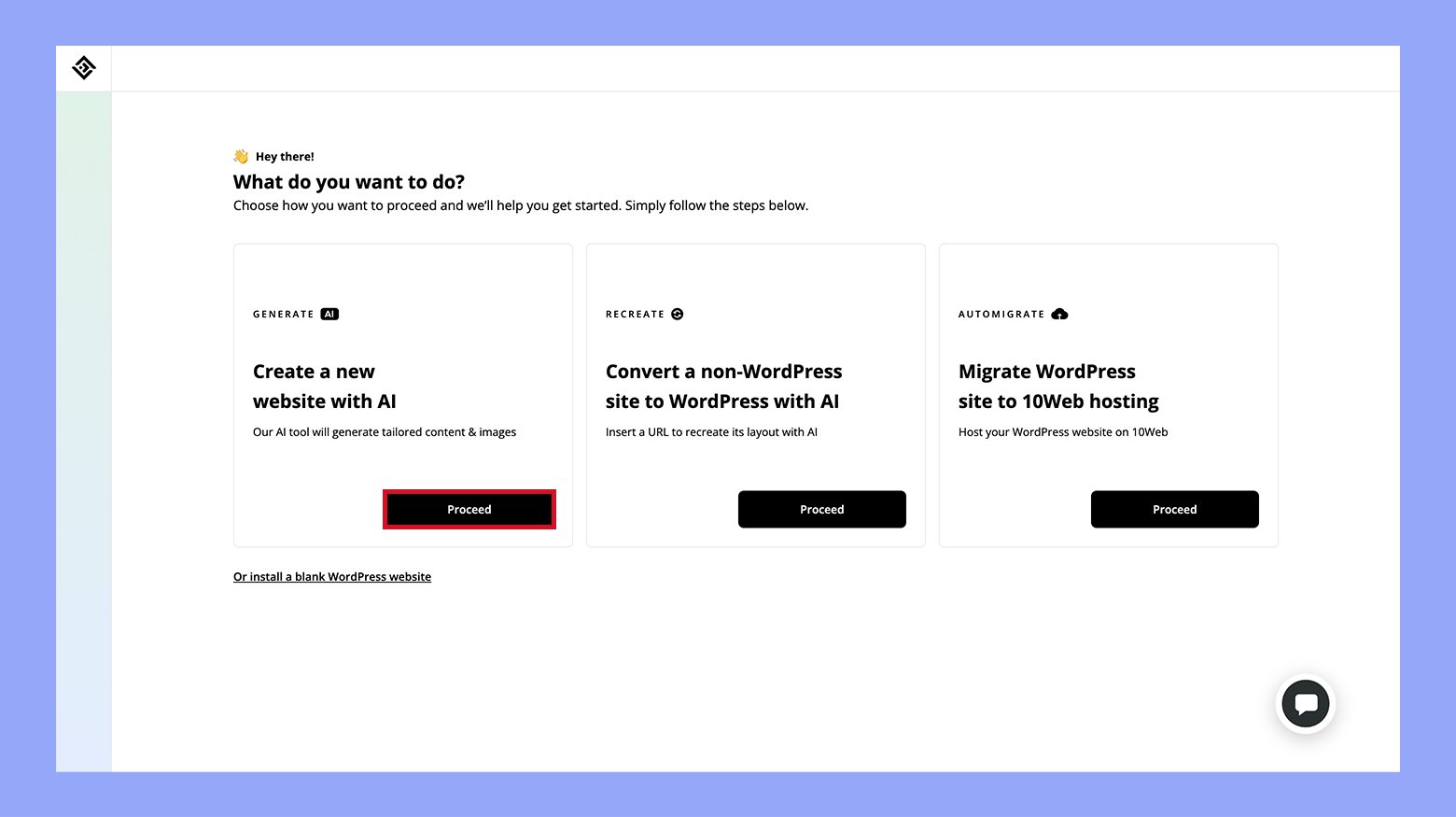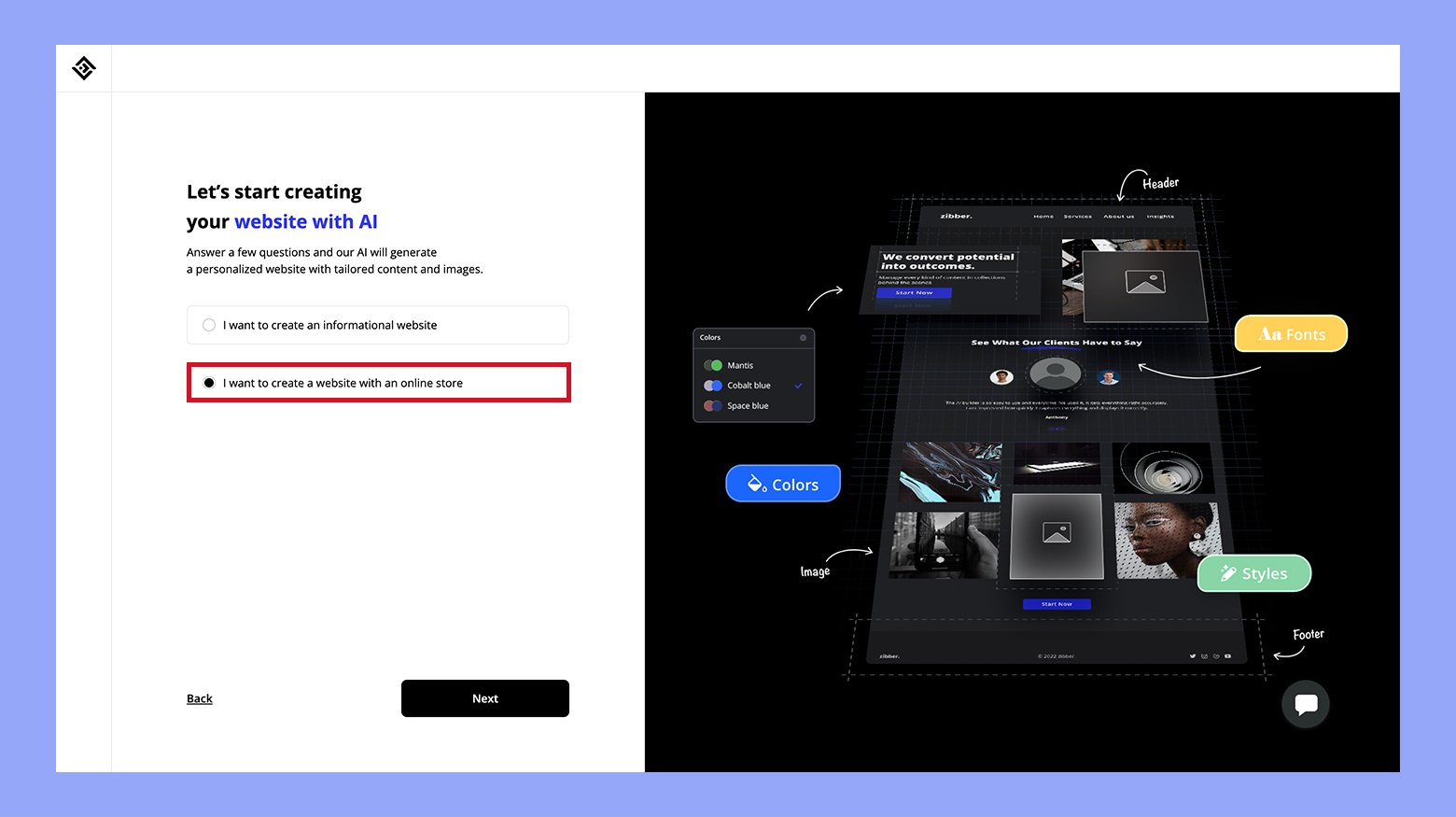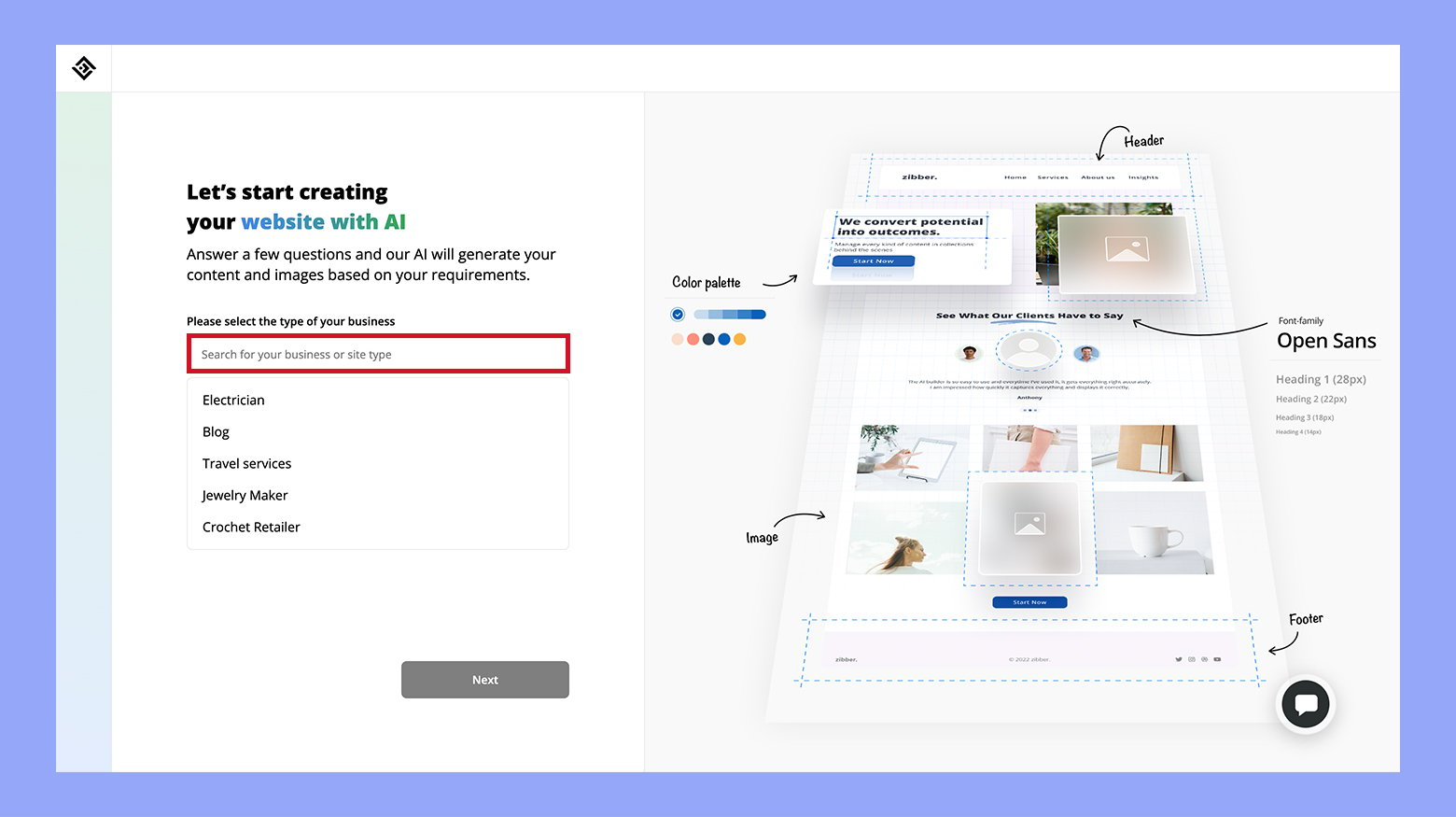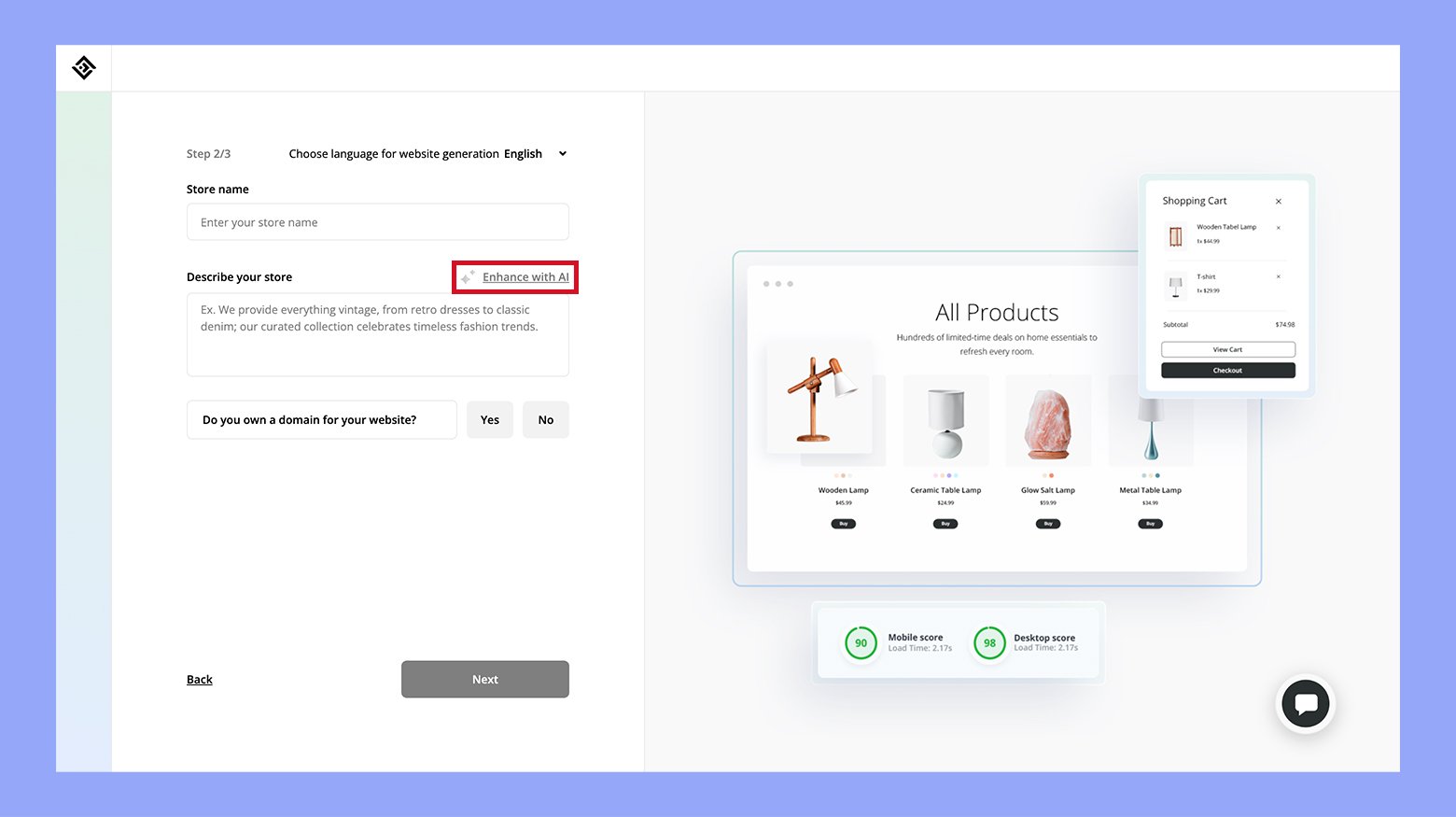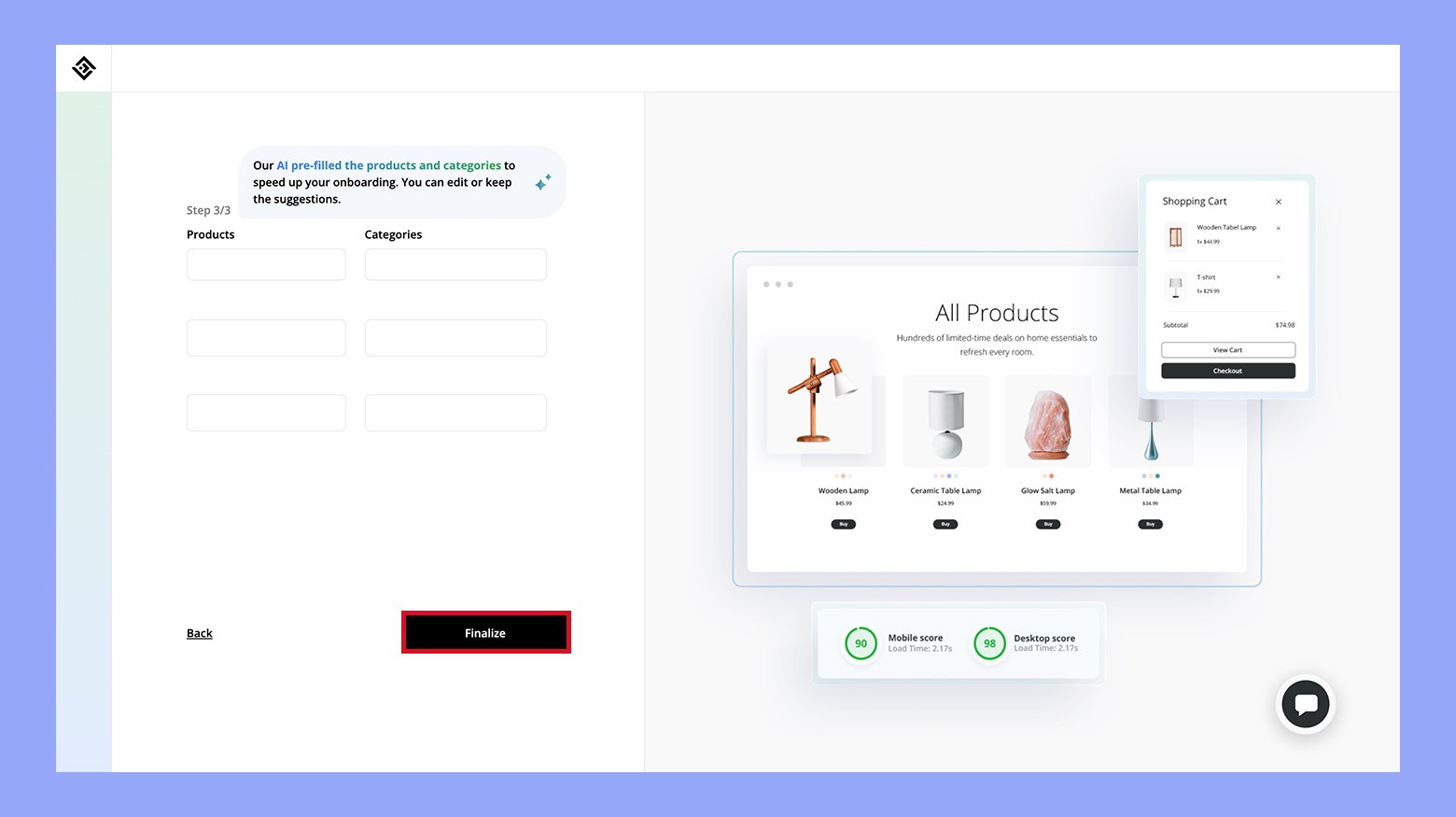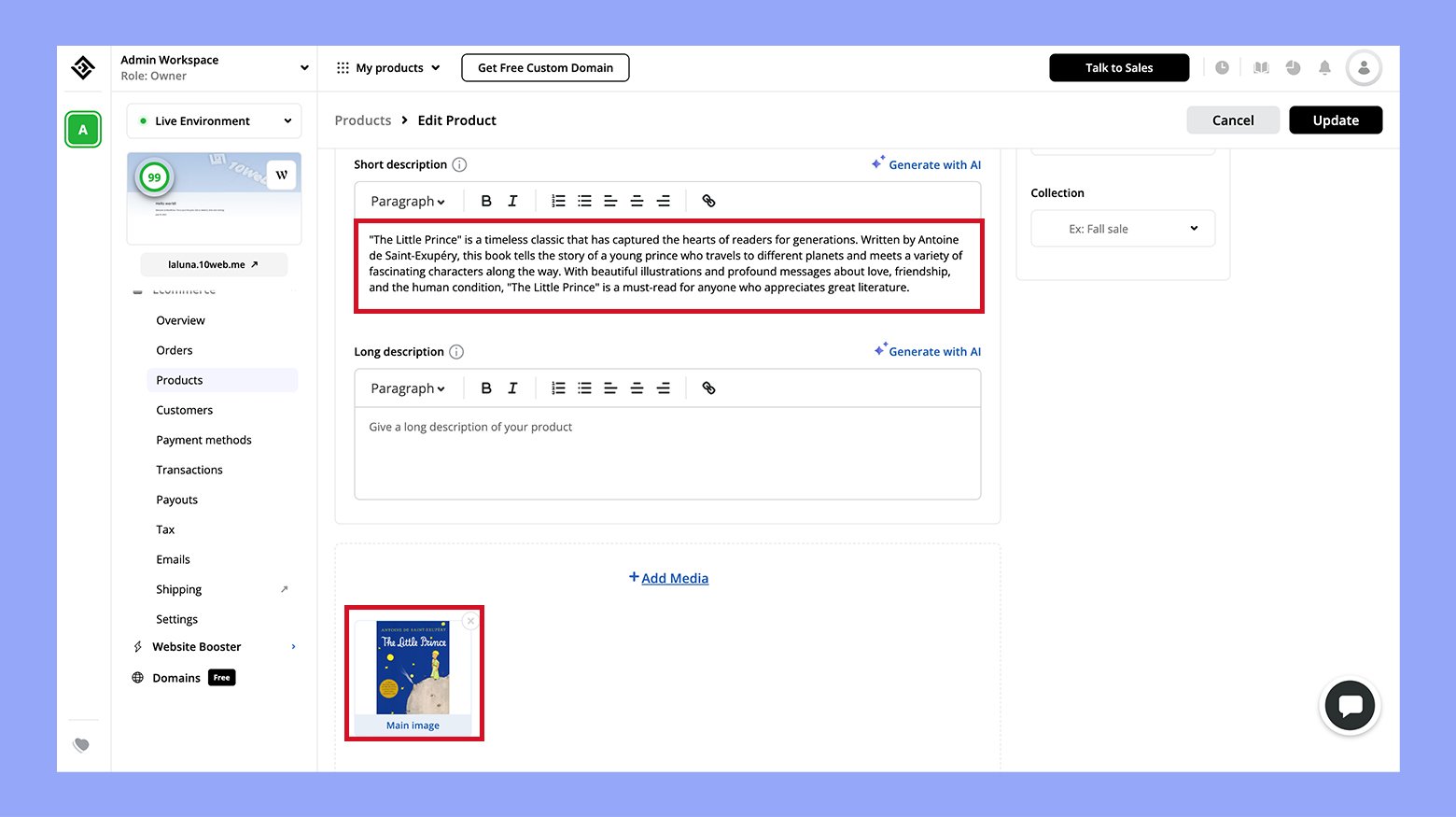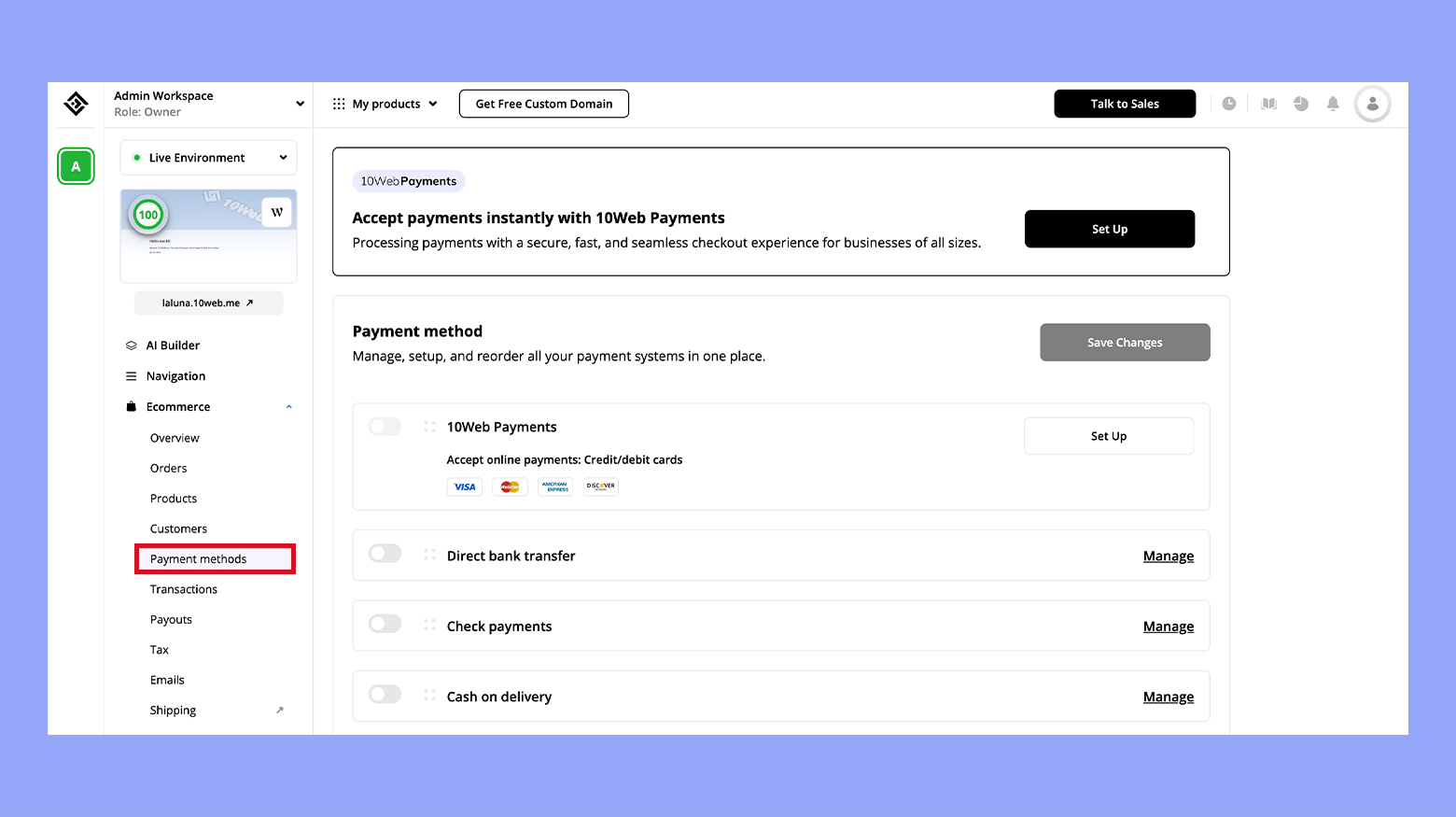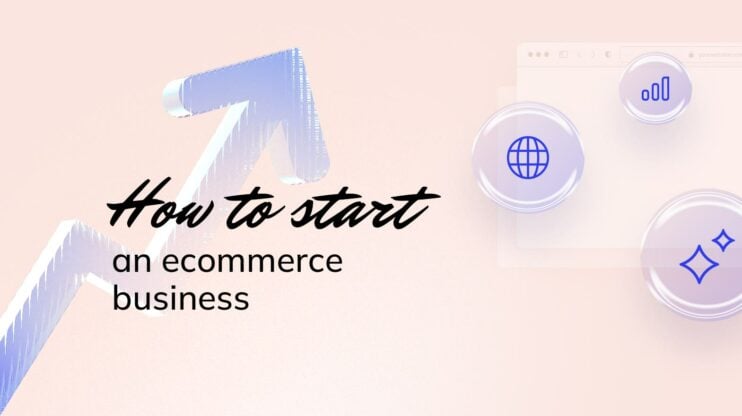Selling books online offers authors an incredible opportunity to reach a global audience and boost their income. This friendly guide will walk you through the essential steps, platforms, and strategies for successfully selling your books online. Whether you’re an independent author, a wholesale bookseller, or a book retailer, understanding the best practices and leveraging the right tools can significantly enhance your sales. From choosing the right online marketplace to setting up your own online store and utilizing social media, we’ll cover everything you need to know to navigate the online book-selling landscape effectively.
FAQ
Where is the best place to sell books online?
Is it worth trying to sell books online?
Can you make money by selling books online?
How can I sell a lot of my books quickly?

Understanding your book-selling objectives
Selling books online can be a fulfilling venture. Depending on your role, your strategies and goals will vary. Here’s a breakdown of different seller types and their objectives.
Seller type 1: Authors going online
As an author, your main goal is to reach readers and generate sales for your books. You might be selling various formats such as ebooks, paperbacks, and hardcovers. Focus on creating an engaging story and clear writing. Price your ebooks competitively, around $3.99, to attract more buyers.
To maximize visibility, ensure your books have good reviews and ratings. Utilize platforms that allow you to maintain control over your pricing and royalties. Consider offering promotions or discounts to gain a loyal readership. Be ready to market your work on social media and other channels to build your audience.
Challenges:
- Visibility: Standing out in a crowded market where numerous authors are vying for readers’ attention.
- Marketing: Developing effective marketing strategies to promote books across social media and other channels.
- Reviews: Accumulating good reviews and ratings to build credibility and attract new readers.
- Pricing control: Balancing competitive pricing with desired royalty rates.
- Engagement: Continuously engaging with readers to build a loyal following.
Opportunities:
- Direct sales: Selling directly to readers through platforms that allow authors to control pricing and royalties.
- Promotions: Utilizing promotional strategies such as discounts to increase visibility and sales.
- Diverse formats: Offering books in multiple formats (ebooks, paperbacks, hardcovers) to reach a broader audience.
- Self-publishing: Leveraging self-publishing platforms to maintain creative control and maximize profits.
- Community building: Using social media and other online tools to create a community of loyal readers and advocates.
Seller type 2: Wholesale booksellers
Wholesale booksellers aim to supply books in large quantities at lower prices. You might be dealing with various categories such as fiction, non-fiction, children’s books, and textbooks. Your focus should be on maintaining a diverse inventory that appeals to different genres and demands.
Buying books in bulk from publishers or other distributors allows you to offer competitive pricing. Keep an eye on condition guidelines to ensure that your books are in readable condition, whether they are new or used books. Providing accurate International Standard Book Number (ISBN) details and maintaining a good relationship with your supply chain are crucial for your success.
Challenges:
- Inventory management: Maintaining a diverse and appealing inventory that meets market demands.
- Condition standards: Ensuring books are in readable condition, adhering to condition guidelines.
- Supply chain: Building and maintaining strong relationships with publishers and distributors.
- Pricing: Offering competitive prices while managing bulk purchasing and inventory costs.
- ISBN accuracy: Providing accurate ISBN details for efficient inventory tracking and customer satisfaction.
Opportunities:
- Bulk purchasing: Taking advantage of bulk buying to secure lower prices and increase profit margins.
- Market segmentation: Catering to various market segments, including fiction, non-fiction, children’s books, and textbooks.
- Supplier relations: Developing strong relationships with suppliers to ensure a steady and reliable inventory.
- Condition variety: Offering books in different conditions (new, used) to attract a wider range of customers.
- Niche markets: Identifying and targeting niche markets within the wholesale book industry for specialized sales.
Seller type 3: Book retailers
Book retailers focus on offering a wide range of titles to meet diverse customer needs. You might sell new, used, and rare books, including novels, comics, and ephemera. Maintaining a well-categorized inventory helps customers find what they are looking for quickly.
It’s important to offer detailed descriptions and good images showing the book’s condition, including elements like the dust jacket or markings in the old textbooks. Managing customer reviews and ratings can significantly affect your sales. Also, consider international shipping to reach a broader audience and boost your sales.
Challenges:
- Inventory organization: Keeping a well-categorized inventory to help customers find books quickly.
- Quality control: Providing detailed descriptions and images of book conditions to manage customer expectations.
- Customer reviews: Managing and responding to customer reviews and ratings to maintain a good reputation.
- Shipping logistics: Handling international shipping efficiently to expand market reach.
- Diverse stock: Balancing the need to offer a wide range of titles while managing inventory costs.
Opportunities:
- Product range: Offering a diverse selection of new, used, and rare books to appeal to various customer preferences.
- Detailed listings: Enhancing book listings with comprehensive descriptions and images to attract buyers.
- Customer feedback: Utilizing customer reviews and feedback to improve services and product offerings.
- Global reach: Expanding sales through international shipping to reach a broader audience.
- Specialized markets: Focusing on rare and collectible books to attract niche buyers and collectors.
Recommendations
By understanding your specific role in the market, you can set clear goals and plan your strategies accordingly.
- For authors going online, the best option is an online store. This allows them to maintain control over pricing, royalties, and direct interaction with their readers.
- For wholesale booksellers, online marketplaces like Amazon or eBay are ideal as they provide a large customer base and streamlined logistics for bulk sales.
- Book retailers should leverage both an online store and online marketplaces to offer a wide range of titles and reach diverse customer needs. Social media can also be used to engage with customers, share reviews, and promote special offers.
On a final note, we recommend you establish a website as it enhances your brand’s credibility and provides a centralized platform for customers to explore and purchase your products. Additionally, a website allows you to reach a broader audience and offer a convenient, professional shopping experience.
Current online books selling market
The online book-selling market in 2024 has seen significant changes. Publishers, independent bookstores, and digital formats play key roles. Competition remains fierce with various segments carving out unique niches. Financial projections are optimistic.
Trends within the market
Two major trends are shaping the market: the rise of digital formats and the increasing popularity of niche segments. Ebooks and audiobooks are growing fast, driven by reader preference for convenience. Sales from independent bookstores are also rising, showing consumer interest in supporting smaller businesses.
Yard sales and thrift shopping for used books are popular. Many sellers buy inexpensive books to resell for profit. Direct-to-consumer sales are more frequent, with authors and publishers reaching out to readers directly through online platforms.
Financial projections of the market
The financial outlook for online book sales is strong. The market is expected to grow due to the broader adoption of ebooks and audiobooks. In 2023, the market was valued at around $90 billion, and it’s on track to increase by 5-7% annually.
Digital formats offer lower overhead costs compared to physical books. Independent bookstores online also contribute to revenue, although their share remains small compared to giants like Amazon. Publishers are investing more in online marketing, especially through social media, which is influencing buyer behavior directly.
Specialized segments of the market
Several specialized segments are thriving. Old textbooks, vintage books, and rare editions attract dedicated customers. Collectors focus on unique finds, making this a lucrative area for sellers who specialize in such books.
Niche markets like comic books and coloring books cater to specific audiences. Trade terms often vary; rare or out-of-print books may sell for high prices. This segment relies heavily on quality and condition, with collectors willing to pay a premium for well-preserved items.
Selling directly to fans remains an effective strategy for self-published authors. Engaging with your audience through social media or newsletters can build a loyal customer base.

Looking to sell online?
Create your custom online store in minutes with 10Web AI Ecommerce Website Builder and take your business online.
Option 1: Making your own online store
Creating your own online store allows you to control every aspect of selling your books. You’ll handle payment methods, shipping arrangements, and promotional efforts.
The benefits of creating your own online shop
Building your own shop gives you complete control. You can customize the site to match your brand, keep more profits, and choose your payment methods like PayPal or direct deposit. You can also offer both physical and digital products, including ebooks. This flexibility can help you cater to different customer preferences and improve sales.
With your own store, you can directly manage your shipping methods. Whether you choose FedEx, UPS, or another service, you can ensure your books are delivered safely. Additionally, managing your inventory and fulfillment process means you can maintain quality and efficiency. Using good packing materials ensures your books arrive in excellent condition.
How to create an online store using 10Web builder
To create a store with 10Web Builder follow these steps:
- Go to the 10Web Website Builder page and click Generate your website.
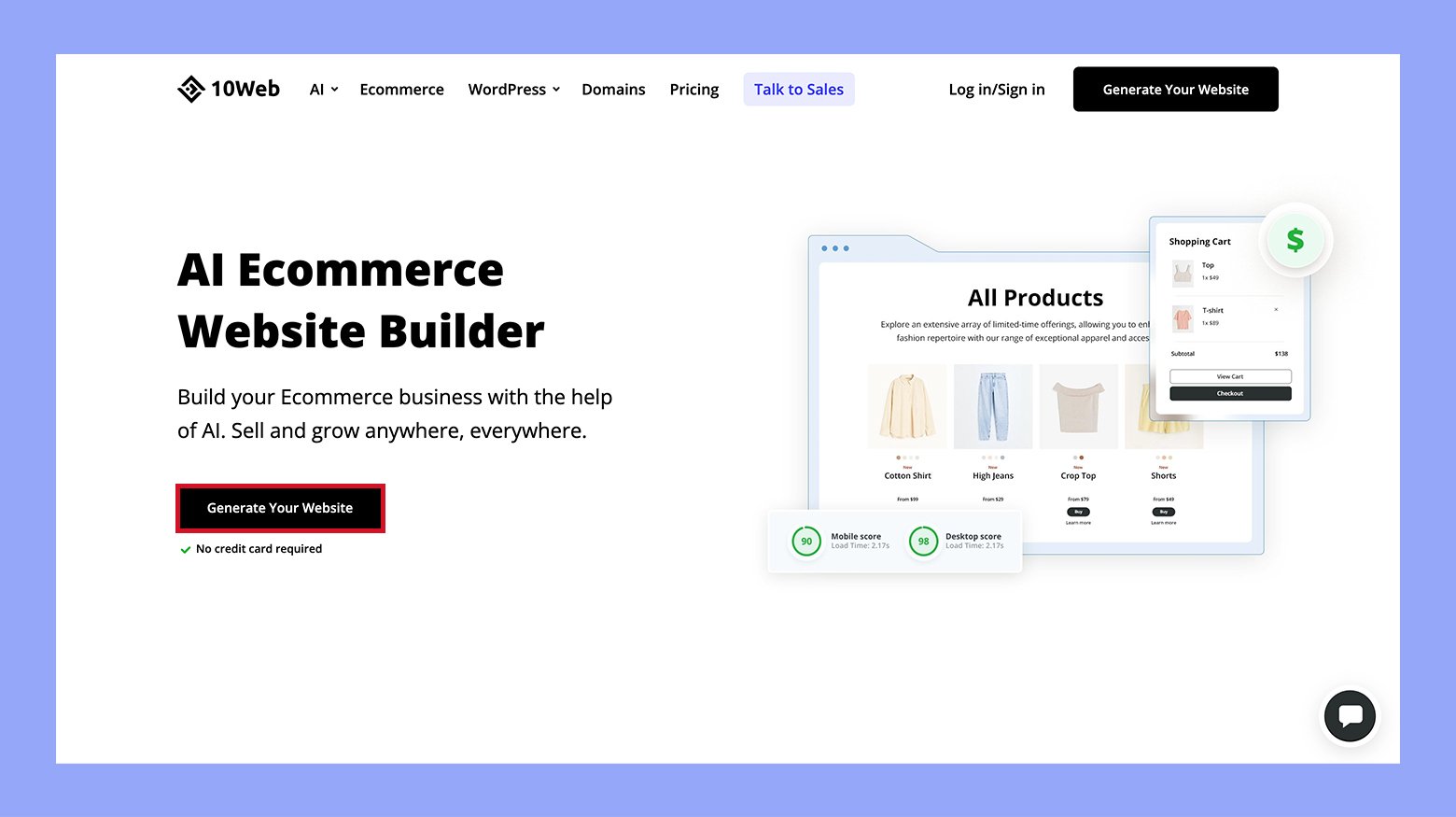
- Select Proceed to create a new website with AI.

- Choose the second option to create a website with an online store.

- Enter your business type.

- Provide a business name and description. Use the Enhance with AI tool if needed.

- Choose Yes to get a domain or click No if you have one already.
- Enter details for your first three services and categories. AI will pre-fill them for you, you can edit or keep the suggestions. When done, click Finalize, and wait for 10Web to generate your site.

- Once your site is generated, preview it and make any necessary adjustments using the user-friendly tools provided by 10Web.
- Add products. List your books with descriptions and details like price, author, format, and image.

- Set up payment methods. Include options like PayPal, bank transfer, and direct deposit.

- Set up shipping options and rates.
- Launch your store online.
10Web Builder makes the process straightforward with its user-friendly tools. You can regularly update your site and add new books to keep your inventory fresh.
Tips to promote and grow your online store
Promotion is key to growing your store. Start by using social media platforms to reach potential customers. Share posts about new arrivals, special offers, and behind-the-scenes content to engage your audience. Collaborating with book bloggers or influencers can also help increase visibility.
Consider creating a newsletter to keep your customers updated on new releases and promotions. You can offer discounts or exclusive content to newsletter subscribers.
Search engine optimization (SEO) is another powerful tool. By optimizing your site with relevant keywords, like “self-publish” or “ebooks,” you can improve your search engine ranking and attract more visitors.
Finally, offering excellent customer service can turn first-time buyers into loyal customers. Respond promptly to inquiries, handle refunds smoothly, and ensure timely shipping. Happy customers are more likely to recommend your store to others.

Looking to sell online?
Create your custom online store in minutes with 10Web AI Ecommerce Website Builder and take your business online.
Option 2: Selling on online marketplaces
Selling books on online marketplaces can be a quick and effective way to reach a large audience. You’ll need to carefully consider the pros and cons, choose the right platforms, and use smart strategies to maximize your success.
Advantages and disadvantages of selling on online marketplaces
Advantages
- Large audience: Most marketplaces have a huge user base, increasing your potential customer reach.
- Ease of listing: Platforms often provide user-friendly tools to list your books with ISBNS, prices, and barcodes.
- Trust and credibility: Well-known sites like Amazon and eBay have built-in trust and credibility with buyers.
Disadvantages
- Fees: Many marketplaces charge fees for listing, selling, and shipping. For example, Amazon charges various seller fees.
- Competition: You may face stiff competition from other sellers, making it harder to stand out.
- Control: You have less control over branding and customer experience compared to your own site.
Best places to sell your products online
- Amazon: Great for both new and used books, Amazon offers options for individual and professional sellers. Its valuation engine helps set prices based on current market trends.
- eBay: Ideal for selling rare or collectible books. eBay’s Best Offer feature allows for price negotiation.
- AbeBooks: Focuses on rare and out-of-print books. It’s well-regarded for its niche audience.
- Powell’s Books: You can sell used books directly to Powell’s for store credit or cash.
- Textbooks.com: Specializes in college textbooks, offering an instant quote and free shipping.
- Decluttr: Use the Decluttr app with a barcode scanner to sell books in bulk quickly.
Tips to successfully sell on an online marketplace
- Research prices: Compare prices using AbeBooks, Powell’s Books, or Amazon’s valuation engine to ensure your book is competitively priced.
- Detailed listings: Include specifics like ISBNs, barcodes, and condition. Honest listings build trust.
- Good photos: Clear images of covers and inside pages can attract more buyers.
- Fast shipping: Offering free shipping and prompt delivery can encourage sales.
- Monitor frequently: Keep an eye on your listings using tools like eBay’s My eBay to respond to offers quickly.
- Promote deals: Use marketplace promotions and discounts to boost visibility and sales.
By following these tips and choosing the right platforms, you can increase your chances of successfully selling your books online.
Option 3: Selling on social media (as an additional sales channel)
Selling your books on social media can be a powerful strategy to reach a wider audience. Many authors use platforms like Facebook, Instagram, and Twitter to connect with readers and promote their work effectively.
Benefits of selling on social media
One of the biggest advantages of selling on social media is the vast reach. You can easily target specific demographics based on interests, age, location, and more. This helps you find readers who are most likely to be interested in your book.
Social media platforms allow interaction with your audience. By engaging with readers through comments, likes, and shares, you can build a community of loyal fans. This direct engagement makes readers feel valued and connected.
Another benefit is the ability to use visual content. Sharing images, videos, and other multimedia can make your book more appealing. Platforms like Instagram are particularly good for this, allowing you to showcase book covers, quotes, and behind-the-scenes content.
Disadvantages of selling only on social media
Relying solely on social media can have its downsides. Algorithms on platforms like Facebook and Instagram can limit the reach of your posts, making it harder to connect with your audience without paid promotions.
Managing social media accounts can be time-consuming. Constant updates, responding to comments, and engaging with followers require significant effort. This can be challenging, especially for authors who must also focus on writing.
There is also the risk of platform changes. Social media platforms frequently update their policies and algorithms, which can impact your reach and engagement. Dependence on these platforms means you’re vulnerable to factors beyond your control.
Tips to sell on social media
- Create a content calendar: Plan your posts in advance. Include a mix of promotional content, reader engagement posts, and personal updates to keep your audience interested.
- Use visuals: Share high-quality images and videos related to your book. Eye-catching visuals can draw attention and make your posts stand out.
- Engage with your audience: Respond to comments and messages. Host Q&A sessions, polls, or live chats to interact with readers directly.
- Run ads: Use targeted ads to reach a broader audience. Platforms like Facebook offer detailed targeting options to find potential readers.
- Join relevant groups: Participate in Facebook groups and book communities. Share your book in a non-spammy way and engage in genuine discussions.
By implementing these tips, you can effectively use social media as an additional sales channel and enhance your book marketing strategy.
Alternative option: selling books in a physical store
Selling books in a physical store can be a great way to connect with your community and reach customers who enjoy browsing in person. Here’s how to get started:
- Find a location: Pick a spot with good foot traffic. Think about places near schools, libraries, or coffee shops.
- Stock your store: Sourcebooks from publishers, wholesalers, and local authors. Don’t forget to include popular genres.
- Set up the space: Design a comfortable layout. Use shelves, tables, and reading nooks to create a cozy atmosphere.
- Price your books: Research local market rates. Make sure your prices are competitive yet profitable.
- Market your store: Use social media, posters, and local events to spread the word. Host book readings and signings to attract customers.
- Customer service: Train your staff to be helpful and knowledgeable. A friendly smile and good book recommendations go a long way.
Running a physical store requires dedication, but it can be a rewarding experience.
Conclusion
Selling books online presents a wealth of opportunities for authors, wholesale book sellers, and book retailers alike. By understanding your specific role in the market and leveraging the appropriate platforms—whether it’s your own online store, popular online marketplaces, or social media—you can maximize your reach and sales potential. Building a strong online presence is crucial for credibility and convenience, allowing you to connect with a global audience and offer a professional shopping experience. With the right strategies and dedication, you can successfully navigate the online book-selling landscape and achieve long-term success in this dynamic industry.


